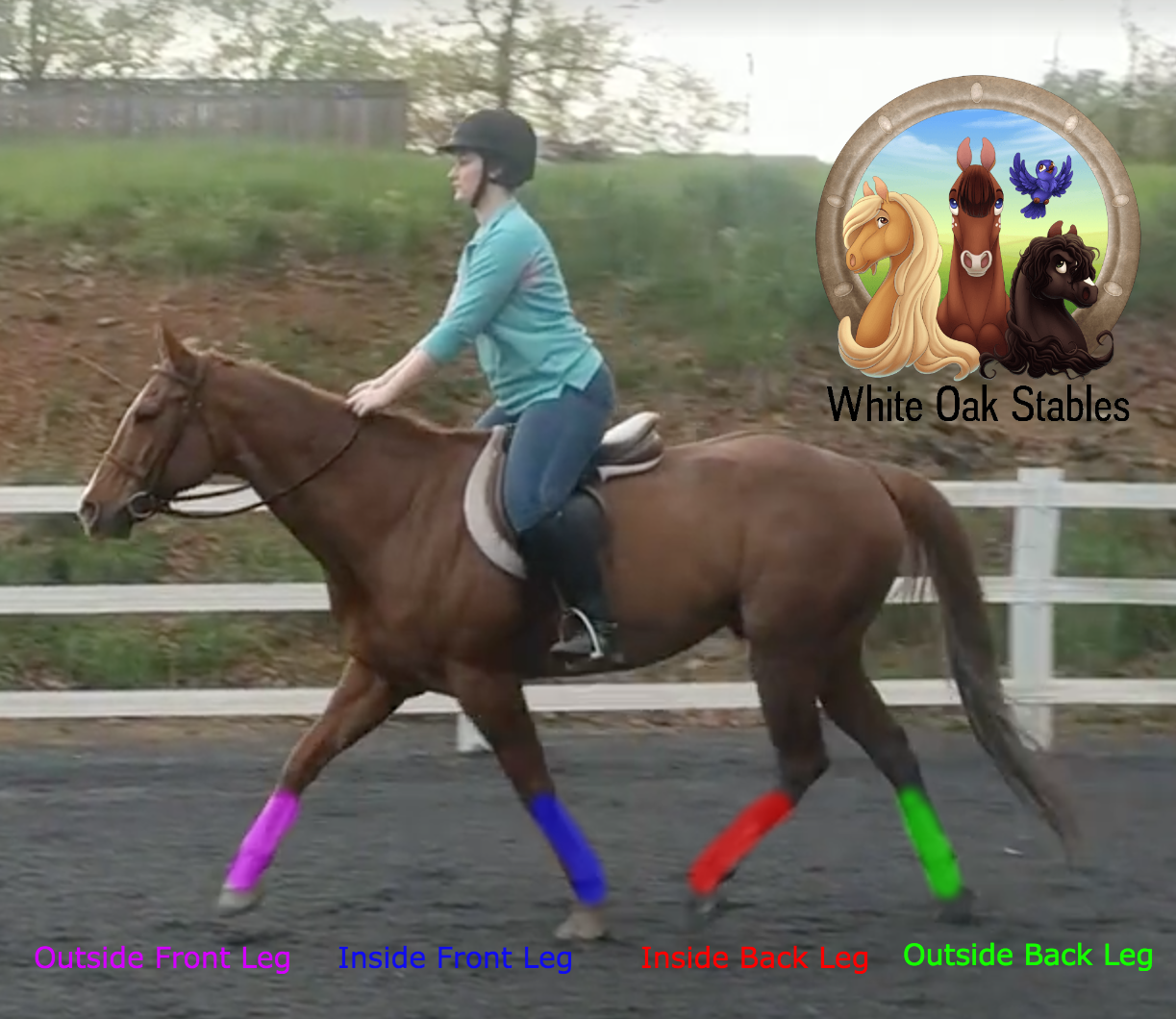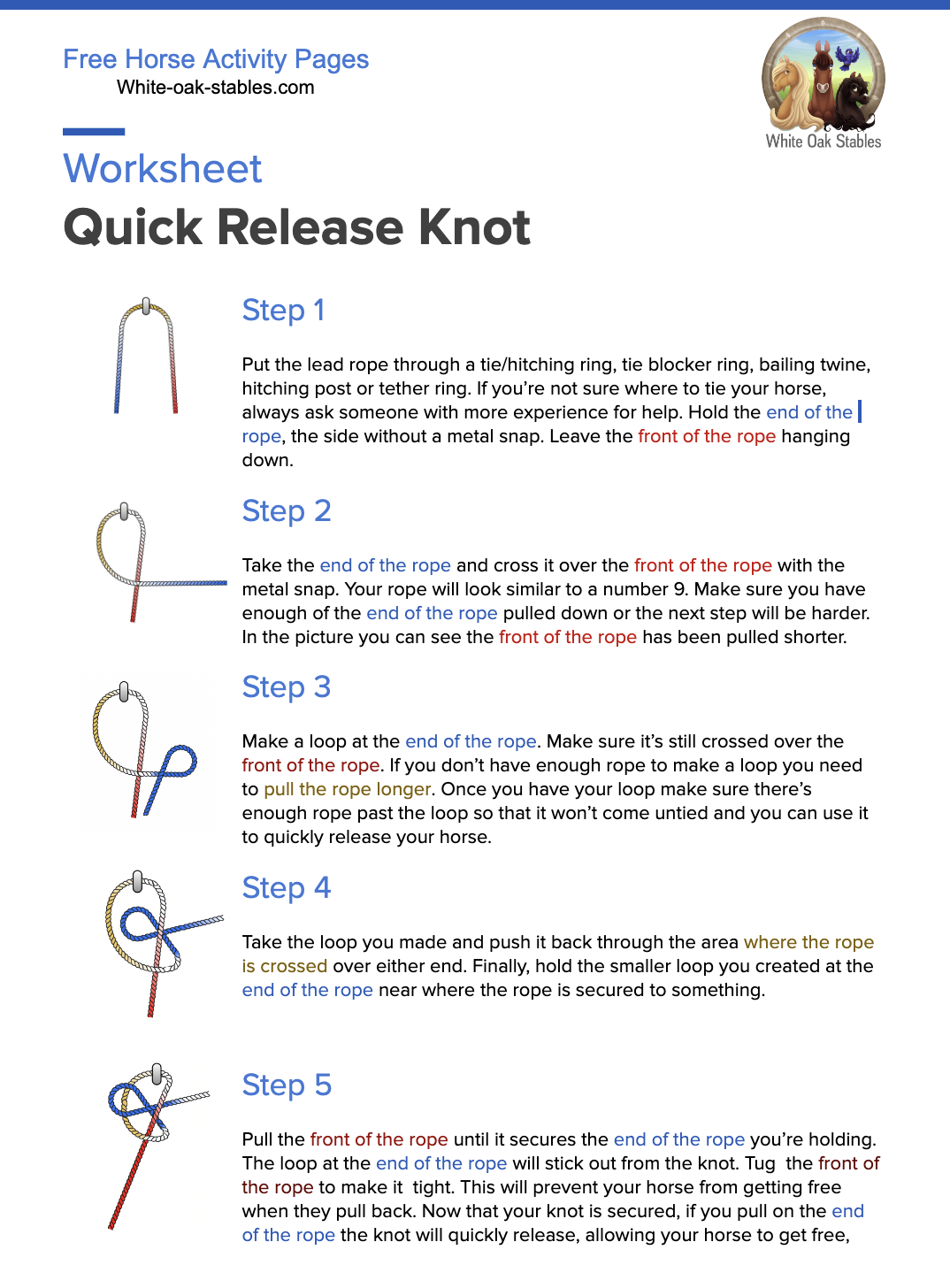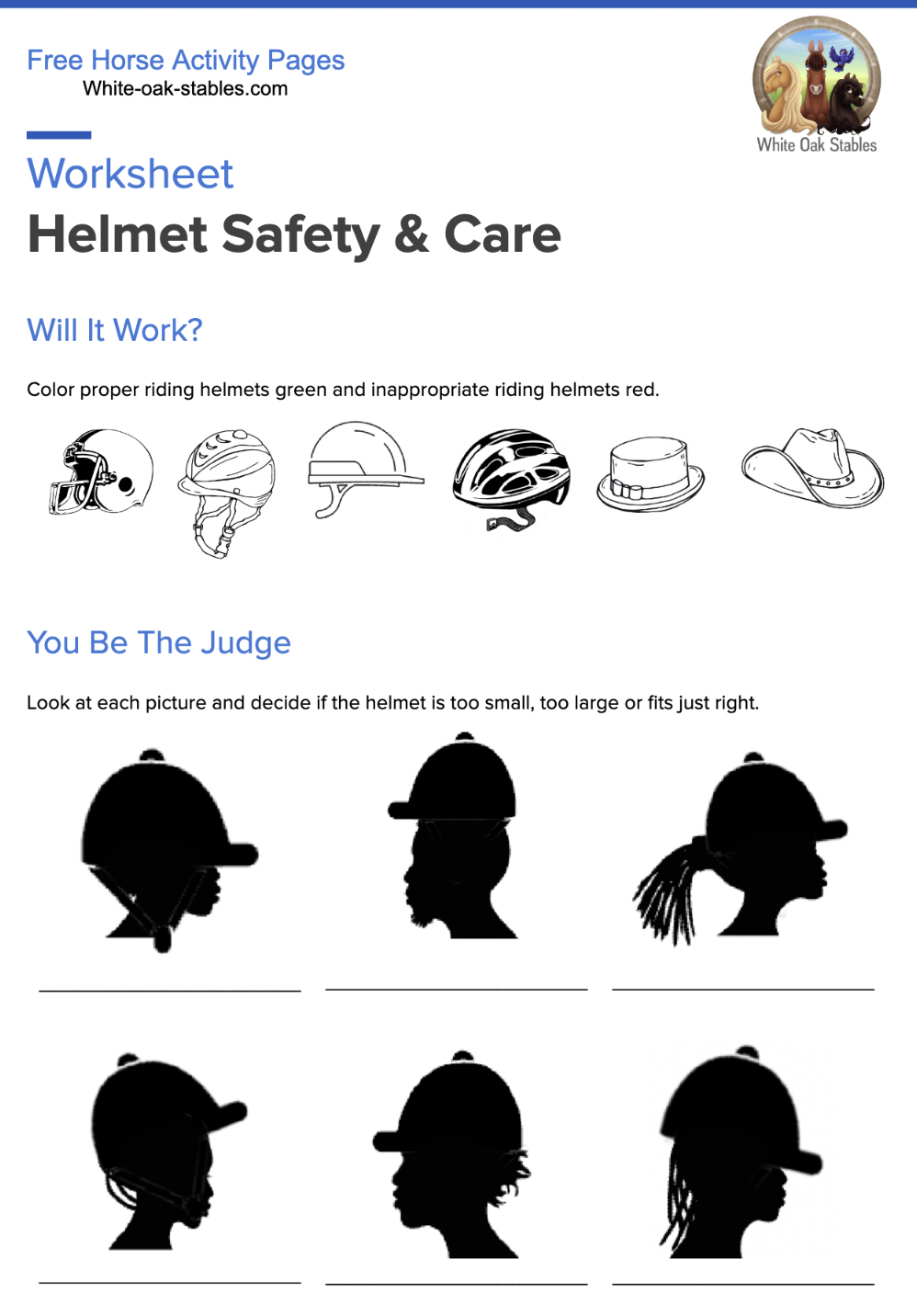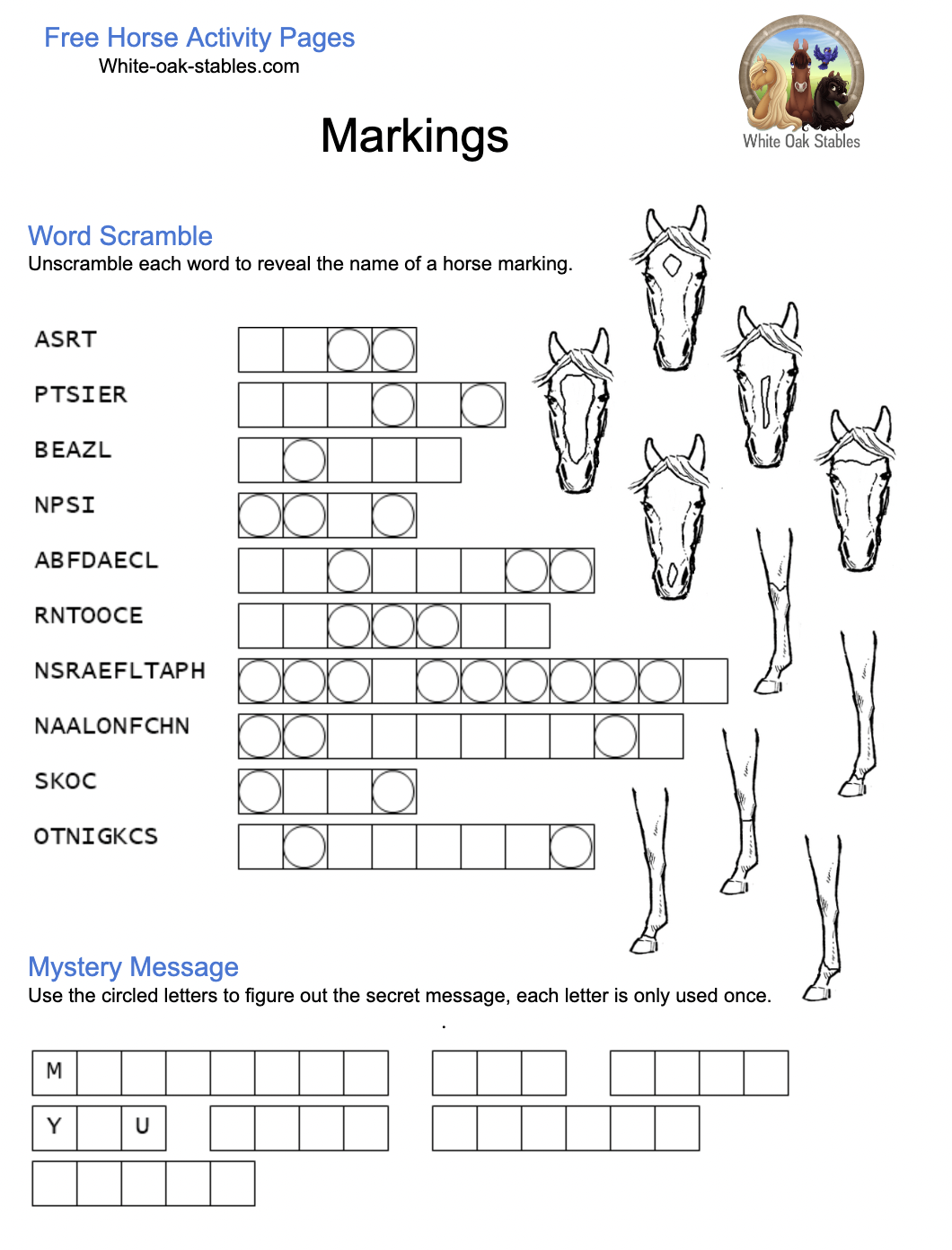| Rising | Sitting |
|---|---|
 |
 |
Most riding instructors start teaching diagonals as soon as the student beings trotting. They tell you to look down at the outside leg and go up when that leg or shoulder is moving forwards. Sometimes you’ll also learn the common phrase “rise and fall with the leg towards the wall.” One of the biggest problems I have with this teaching method is that riders become dependent on looking down to check if they are on the correct diagonal, rather than learning how to FEEL if they are on the correct diagonal or not.
In my experience, if you teaching diagonals when students start trotting, and instead focus on finding the correct rhythm and developing a secure lower leg, 80% of the time students will start picking up the right diagonal without any instruction. Why is this you ask? Personally, I believe it’s because riding on the correct diagonal feels less bouncy and more balanced so the student unconsciously feels the difference and naturally seeks the more comfortable trot. In addition, now that your student has a strong lower leg and good trotting rhythm you can build on from earlier up-up-down exercises to teach them how to change their diagonal when they are wrong and start asking them to change their diagonal at random and compare if it feels bouncier or smoother to ride.
What is a diagonal?
A diagonal is when an opposite pair of your horse’s legs moves forwards or backwards together. The inside front leg and the outside back leg is one diagonal pair, the outside front leg and the inside back leg is another diagonal pair.
How do you tell inside legs from outside legs?
Outside legs are the ones that are closest to the fence when you’re riding in an arena or round pen. Inside legs are the ones closer to the inside or center of an arena or round pen.
What is the correct diagonal?

The correct diagonal is when the horse’s outside front leg and inside back leg is moving forward at the same time. While this is happening the rider should be rising out of their tack, the up portion of your post. When these legs are moving back the riding should be sitting in their tack, the down portion of your post.
What makes it the correct diagonal?
 When you ride your horse it travels on a circle. The horse’s leg that’s closest to the fence travels on a larger circle than the horse’s leg that’s closer to the inside of the arena. Since your horse’s outside legs have to travel further distance we go up in our post when the outside front leg is going forward to allow our horse to take the biggest step possible with it’s outside legs. This allows those legs the freedom to take up more distance around the larger circle.
When you ride your horse it travels on a circle. The horse’s leg that’s closest to the fence travels on a larger circle than the horse’s leg that’s closer to the inside of the arena. Since your horse’s outside legs have to travel further distance we go up in our post when the outside front leg is going forward to allow our horse to take the biggest step possible with it’s outside legs. This allows those legs the freedom to take up more distance around the larger circle.
How do I learn to feel the correct diagonal?
When you are on the correct diagonal your horse’s trot will feel smoother and more balanced. On the incorrect diagonal your horse will feel bouncier and less balanced. Try an up-up down exercise. Instead of a normal trotting rhythm that goes up-down, up-down, you’re going to stand up for one extra beat to get an up-up down rhythm. Once you can maintain your up-up down, up-up down rhythm start mixing it up. Go up-up down once and then return to a regular posting rhythm. How does your trot feel? Is it smooth or is it bouncy? Once you’ve made an assessment of the trot quality go up-up down one more time and then return to a regular trot rhythm. How does it feel? Has the quality of the trot improved or does it feel bouncier? Repeat this exercise until you can plainly feel the bouncier trot from the smoother trot.
How do I stop looking down?
My advice is this — stop trying to get the right diagonal. Instead you have to focus on your horse and the differences in it’s gait as you’re posting. Try the exercise in the section above then try the exercise listed below.
Once you can feel your bouncy vs smooth trot it’s time to try to get the smooth trot every time. Your second exercise is to pick up a regular posting trot, gauge if it’s smooth or bouncy, and then go up-up down one time if you are feeling the bouncier trot. Repeat this exercise until you feel yourself reliably starting to post when your horse’s trot feels smoother.
Congratulations! You’ve learned how to automatically pick up the correct diagonal without looking down.
What can I do if I have trouble seeing the correct diagonal?
One trick I like to use is to get two different colored polo wraps, or jump boots, or overreach boots, or even vet wrap. Put a different colored or type of boot on the horse’s two front legs. Now put your horse on a lunge line in a round pen or arena and ask them to trot. Watch as the leg that’s closest to the fence goes forwards. You should be able to clearly see the visual difference as one leg goes forwards and the other goes back. Now switch directions and lunge your horse the other way. Notice how the color of the leg that’s going forwards by the fence has changed. When you change directions your correct diagonal changes as well.





